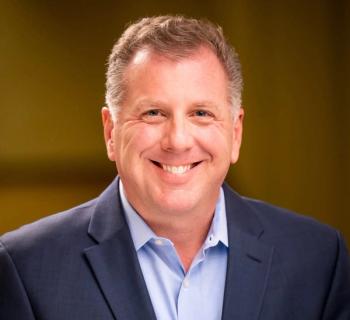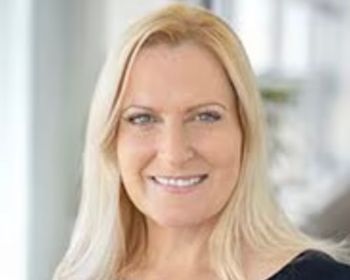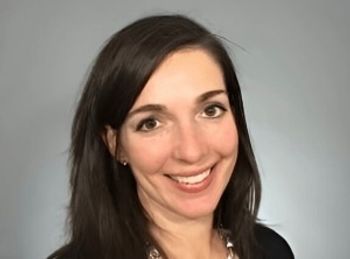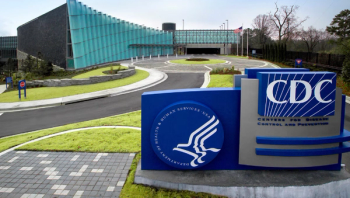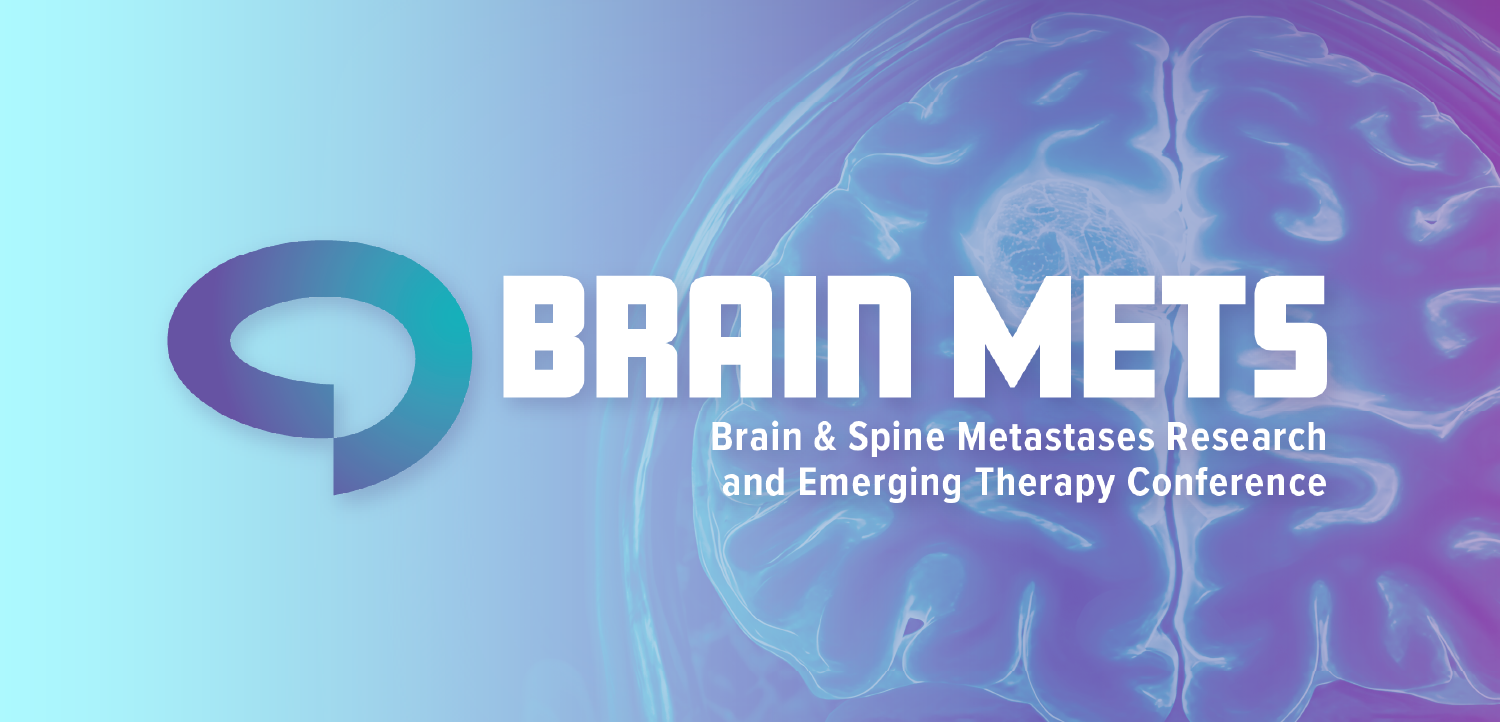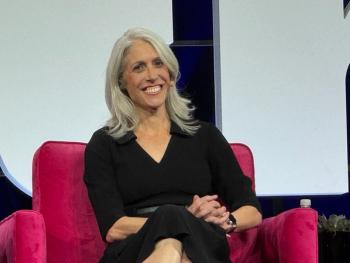
How SSM Health is working to develop and keep more nurses
The Catholic health system is partnering with Chamberlain University on a new nurse training program. Amy Wilson of SSM Health talks about the program.
Many hospitals are struggling to find and retain nurses, but SSM Health is taking a different approach to tackling a chronic problem.
SSM Health has partnered with Chamberlain University on a new initiative to educate and train more nurses. The Catholic health system and the for-profit school have launched the Aspiring Nurse Program, and the organizations are touting it as a novel effort. The program is designed to train students in nursing and set them up for jobs at SSM Health after graduation.
The first cohort of students will begin in Oklahoma, with students beginning online courses in September, says Amy Wilson, chief nurse executive for SSM Health. The university has also begun recruiting students in St. Louis, Missouri, with the first courses slated to begin in November.
Wilson tells Chief Healthcare Executive® that the program’s origins stem from shortages of nurses in some of SSM Health’s service areas. SSM operates 23 hospitals and hundreds of healthcare locations in Illinois, Missouri, Oklahoma and Wisconsin.
“There are greater deficits in some states than others, and two of our states, both Oklahoma and Missouri, actually are projected to continue to have a deficit,” Wilson says.
“And so as we begin to think about what the opportunity was, we really knew that our opportunity was to grow more individuals into the nursing profession, graduate more nurses. And so we've all done things like scholarships and other things to attract nurses to choose us, as opposed to another employer, but we wanted to do something different,” she says.
The initial Oklahoma cohort received 80 applications. SSM Health and Chamberlain expect the first class to graduate in 2028, and the goal is to see 400 graduates by 2029.
Wilson is comfortable with the target of 400 graduates within four years.
“We should always be thoughtful and humble about what we're trying to do, but I do think it's a conservative goal,” she says. “We have the capacity to even grow the program over time if we need to.”
Aiming for retention
As part of the program, SSM Health will also offer to repay the student loans of graduates. SSM will repay all the student loans for those who commit to working for the health system for four years. For those who work in the health system for a shorter time, SSM will repay loans during their time of employment, and the employee would have to pay off the remaining balance.
The program is designed to create a pipeline of new nurses, and the prospect of having their student debt paid should be hopefully enticing, Wilson says. At the same time, she says the program was designed with some flexibility for those leery of being contractually obligated.
“This was a creative way for us to reimagine what this could look like. That way, if life happens or things change for the RN, they're able to leave SSM Health, and then they'll be accountable for whatever the remainder portion is of their loan,” Wilson says.
“So it gives them flexibility, but hopefully creates stickiness with us, so that they remain with us and become a tenured nurse,” she adds. “We also know that the longer an individual stays with SSM, the more likely they are to stay with us long term.”
SSM and Chamberlain are also designing the program so that nursing students get more exposure to what they will see in the workforce when they graduate. Nursing leaders have said many recent graduates aren’t staying in nursing.
Wilson says the “practice gap,” the transition from student to practicing nurse, is a difficult one.
“It's a significant challenge,” she says. “Clinical hours have been reduced over the years. Many students don't even work an entire 12-hour shift while they're in nursing school. And so they come out, and there's a lot of culture shock and a pretty significant adjustment that they go through, and sometimes that can be overwhelming as they're transitioning into practice.”
SSM Health is aiming to address that problem by embedding students into the culture of the system. Some students can be employed as “nurse externs,” where they can get paid to learn while they’re working.
Chamberlain’s program also allows students in their last semester to do coursework in a specialty of interest, such as the emergency department, operating room, or home health.
“We're pulling some of that education that has historically been done after you graduate and enter the workforce, up into their formal academic education,” Wilson says. “And then again, that's closing that transition-to-practice gap for them, which makes it easier to transition into being a fully competent RN.”
‘Creating access’
The program is designed to reach people who may not have initially pursued careers in nursing.
Wilson points to Chamberlain’s outreach to non-traditional students.
“They are very intentional about reaching across the country into zip codes to ensure that they're offering access to individuals who have the capacity and the ability and the desire to go to nursing school, who might not qualify for a destination school,” Wilson says.
“They've either been in the workforce a little bit, or they've had a family and they're wanting to go to nursing school,” Wilson says. “And so as a result of that, sometimes entry into nursing school is harder, especially from a destination school, if you already have family obligations and financial obligations.”
Chamberlain offers support services for students “who have the capability and the capacity but might need a little bit of extra support.”
Wilson is enthusiastic about Chamberlain’s approach to recruiting students who may have obstacles but can succeed in nursing if given an opportunity.
“We're not just convincing somebody who was already applying to nursing school to go from one nursing school to another, which is historically, what's happened,” Wilson says. “We're actually creating access to a population across the U.S. who may believe that they haven't always had the ability to have access.”

